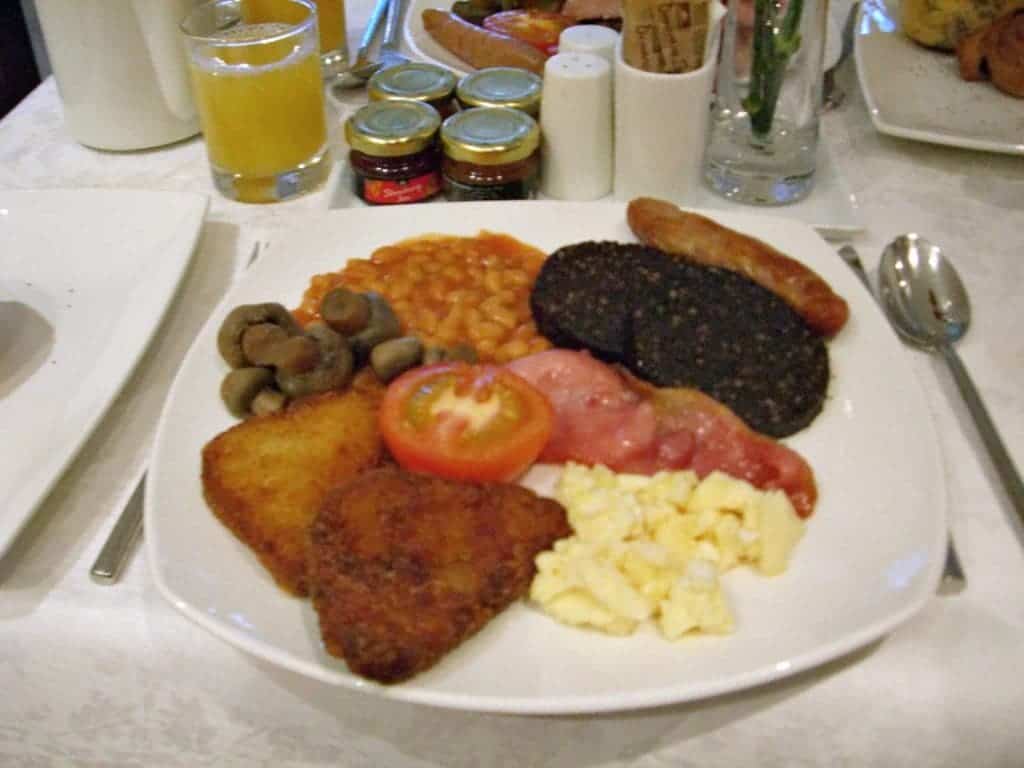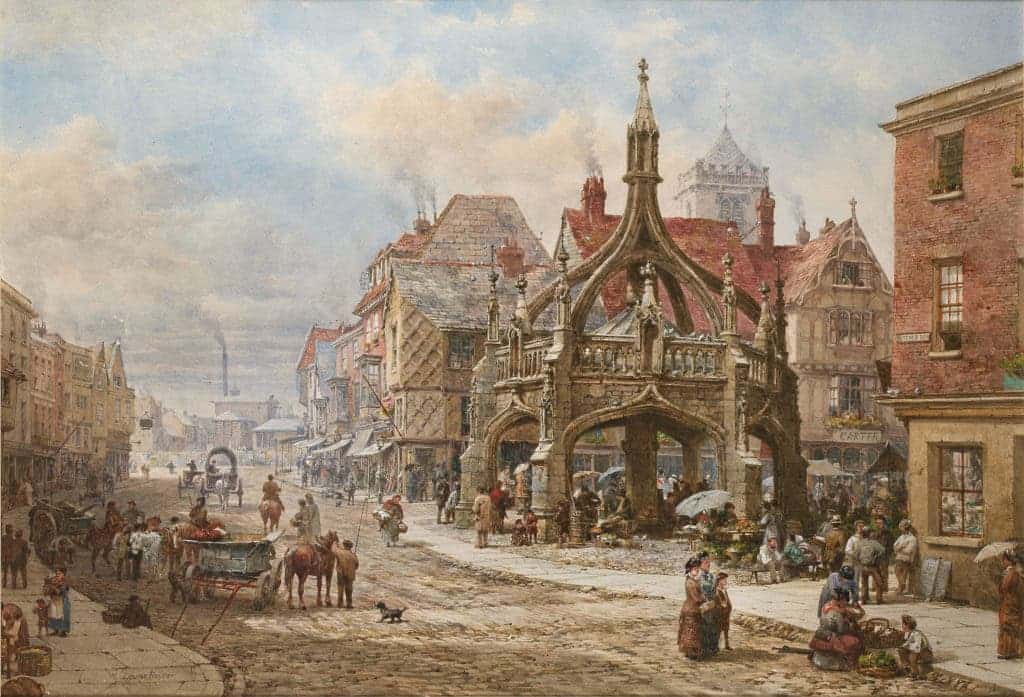It seems counterintuitive but in the 19th century, the poor were better off than the rich, health and diet wise. A new study found that these rural societies enjoyed a more traditional lifestyle where high-quality foods were obtained locally and were overall better off than their richer, urban counterparts.
We often talk about eating like “the good old days” and most of the time, that’s just us using rose-colored glasses. We tend to idealize and romanticize days long gone and forget about all the bad things. However, this study shows that at least in some instances, doing things the good old way is truly rewarding.
The study’s author, Dr. Peter Greaves, of the Leicester Cancer Research Centre, examined the impact of regional diets in Victorian Britain, comparing it to available health and mortality data. The diets of the poor consisted mostly of cheap foodstuffs such as potatoes, vegetables, whole grains, milk, and fish — which also happen to be quite healthy. Modern healthy diets also incorporate many of these elements, as Greaves explains:
“The fact that these better-fed regions of Britain also showed lower mortality rates is entirely consistent with recent studies that have shown a decreased risk of death following improvement towards a higher Mediterranean dietary standard.”
Meanwhile, the rich Victorians would have access to daily meat and dairy, and even though they had access to a larger variety of foods, they also had much more access to unhealthy foods. The study didn’t analyze this in particular, but sugar was also a big problem in Victorian times: during Victorian times, sugar consumption increased dramatically, leading to tooth decay and many associated problems. Poorer people didn’t have this problem.
“The rural diet was often better for the poor in more isolated areas because of payment in kind, notably in grain, potatoes, meat, milk or small patches of land to grow vegetables or to keep animals.”

The English breakfast is a staple of British cuisine — though not a particularly healthy one. Here, it includes scrambled eggs, sausage, black pudding, bacon, mushrooms, baked beans, hash browns, and half a tomato. Image credits: Theorb / Wikipedia.
Researchers paid a special interest to deaths from pulmonary tuberculosis, which is typically associated with worse nutrition. All in all, not only did these rural communities have a lower mortality rate, but they also had fewer deaths from pulmonary diseases, indicating that they were significantly better fed.
The Victorian era was the period of Queen Victoria’s reign, from 20 June 1837, until 1901. Thanks to the absolute supremacy of the Britannic Navy, it was a period of peace between the world’s great powers (Pax Britannica). It was also a period of economic, colonial, and industrial expansion, and the latter part of the Victorian era was characterized by massive urbanization in Britain. This urbanization brought massive social changes, and the health superiority of the rural areas was short-lived. Living in urban areas simply brought too many advantages — such as better health services, better living standards, and access to imported food — for a simple diet to overcome.
The rural societies were doomed to fall behind sooner or later.
“Unfortunately, these societies were in the process of disappearing under the pressure of urbanisation, commercial farming and migration. Such changes in Victorian society were forerunners of the dietary delocalisation that has occurred across the world, which has often led to a deterioration of diversity of locall produced food and reduced the quality of diet for poor rural populations.”
Dr. Greaves added:
“Conversely, in much of rapidly urbanising Britain in the mid-19th century, improvements in living conditions, better transport links and access to a greater variety of imported foods eventually led to improved life expectancy for many of the urban poor.”
It’s not the first study to praise the diets of Victorian-age people. In 2002, in the same journal, Paul Clayton and Judith Rowbotham published a series of three papers (here, here, and here) where they analyzed Victorian diets in great detail. Their papers showed the urban mid-Victorians, including the working classes, ate a notably good diet, including significant amounts of vegetables and fruit, which enabled a life expectancy matching that of today. So if the urban Victorians ate pretty good diets, and the rural ones ate even better, perhaps we ought to look back and learn a thing or two from them.
The study was published in Journal of the Royal Society of Medicine Open










